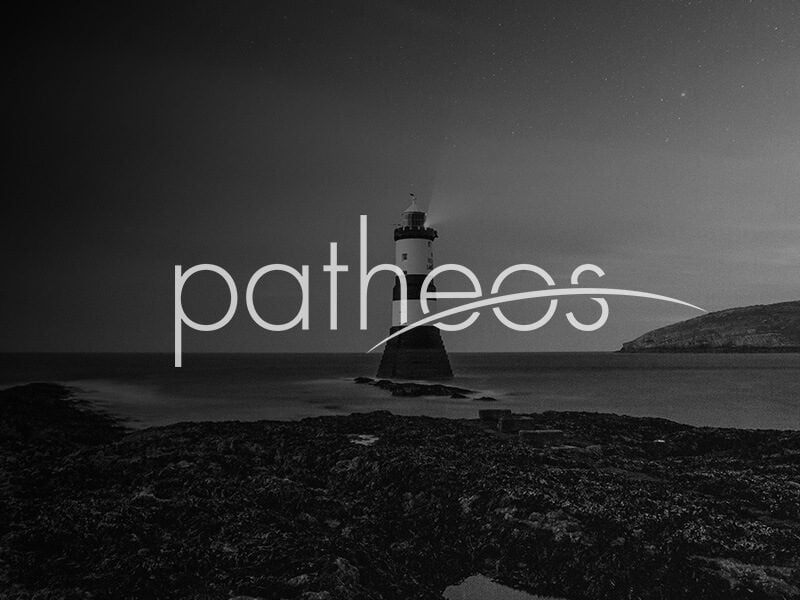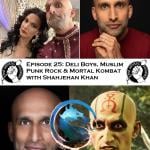[I’m reposting this because of a technical problem that I think prevented it from getting distributed properly to people using RSS readers.]
Here’s Mark Steyn on opponents to militarism that he encounters when doing radio interviews on NPR and similar outlets.
But, when, as they often do, they cite Martin Luther King or Mahatma Gandhi, I point out that we’re not always as fortunate to find ourselves up against such relatively benign enemies as British imperial administrators or even American racist rednecks. King and Gandhi’s strategies would not have been effective against fellows who gun down classrooms of Russian schoolchildren, or self-detonate at Muslim weddings in Amman, or behead you live on camera and then release it as a snuff video, or assassinate politicians and as they’re dying fall to the ground and drink their blood off the marble. Come to that, King and Gandhi’s strategies would not have been effective against the prominent British Muslim who in a recent debate at Trinity College, Dublin announced that the Prophet Mohammed’s message to infidels was “I am here to slaughter you all.” Good luck with the binding non-violent conflict resolution there.
Putting aside how dramatically the confrontational policies that warm Steyn’s heart have failed and how they keep proving his critics if not right at least far less wrong than him, I’m struck by how reminiscent this is of the phenomenon of cheap “law & order” rhetoric in political campaigns by hardliners that lack any vision or serious proposals. People advocate all sorts of shortsighted and destabilizing policies in America’s inner cities that ensure that all hell will break loose eventually and then invoke the hell they’ve helped to usher into existence as a justification for dragging us yet further into deeper into the muck of confrontation.
And, like Steyn here, they rarely fail to break out a menacing mugshot of a Willie Horton, an offensive straw-man example only relevant if you assume the absolute worst about Muslims. (See my “Understanding Muslim Language” for related issues.)
There’s no question that there are some really scary Muslims out there, just as there are some really repellent characters stalking the back alleys of American cities. Yet we don’t reduce all policy discussions to accounts of horrific murders and muggings.
Is Steyn’s lurid litany of Muslim maniacs a coherent rebuttal to serious policy proposals that could help to cool some of these conflicts? Does his parade of Muslim Willie Horton’s add any insight to the discussion? (Well, other than the “insights” springing from fear, prejudice and manipulative rhetoric.
) Can an informed observer in good conscience reduce the debate over American foreign policy to
these crude stereotypes and extreme cases?
Then there’s how baldly hypocritical Steyn’s Gandhi-invoking rhetoric is given his conflict-stoking ways. You have to admire the cheek of hawks who loudly call for no-holds-barred confrontation and who mock peace activists as clueless idealists that can turn around and chide Muslims for not being pacifists like them.
You can be a great admirer, as I am, of Muslim pacifists like Abdul Ghaffar Khan and Jawdat Said while conceding that there are cases today where Muslim peoples are caught between Scylla and Charybdis that makes pacifism–which is never an easy path to walk–ineffective as a means of resistance to oppression.
Were people in most key conflicts involving Muslims today to embrace the noblest ideals of Gandhian non-violence in their struggles it is doubtful that their tactics would work as they have in the past.
The power of non-violent resistance lies in the shame and aversion it inspires in mainstream observers who feel implicated in the conflict. This reaction is only possible in the context of media that attempt to accurately report on the human suffering of a conflict. A partisan or indifferent media shortcircuits the system. (As does one that disseminates bloodless, “Nintendo wars”; or one that eagerly enlists in a wartime government’s disinformation campaigns.)
When the media systematically ignore or play down violence against one side of a conflict, folks back home in Peoria never have the chance to get revolted/shamed/irritated/outraged enough for non-violent resistance to have a chance at succeeding. Nonviolence requires vocal public support, which in turn requires public awareness. Yet like the old Zen koan about the tree in the forest, the sicing of dogs on Black civil rights worker by white policemen would never have “happened” were it not for the presence of TV cameras that forced mainstream viewers to confront the evil of the Jim Crow system in which they all played a part as citizens.
As much as one wants to advocate nonviolence, what good would adopting Gandhian tactics do in, say, Chechnya, where the Western media pays little attention to the ongoing slaughter and violation of human rights. Were Chechens to march, holding hands, on the Russian tanks singing Negro Spirituals, their foremost accomplishment would probably be to reduce wasted bullets. By the same token, in the Occupied Territories, unless a camera crews happen to be about the only folks granted the luxury of nonviolent protest are Western tourists. Palestinians who stick flowers into IDF gun muzzles are likely to catch a gun butt or rubber bullet in the face. So their options are a lot more limited than those of protesters in Western societies, where law enforcement and officialdom fear bad press.
It’s a violent world, especially where most Muslims live, and saber-rattling polemicists like Mark Steyn help to keep it that way by making the MSM yet less informed, more callous and generally indifferent to human suffering.











